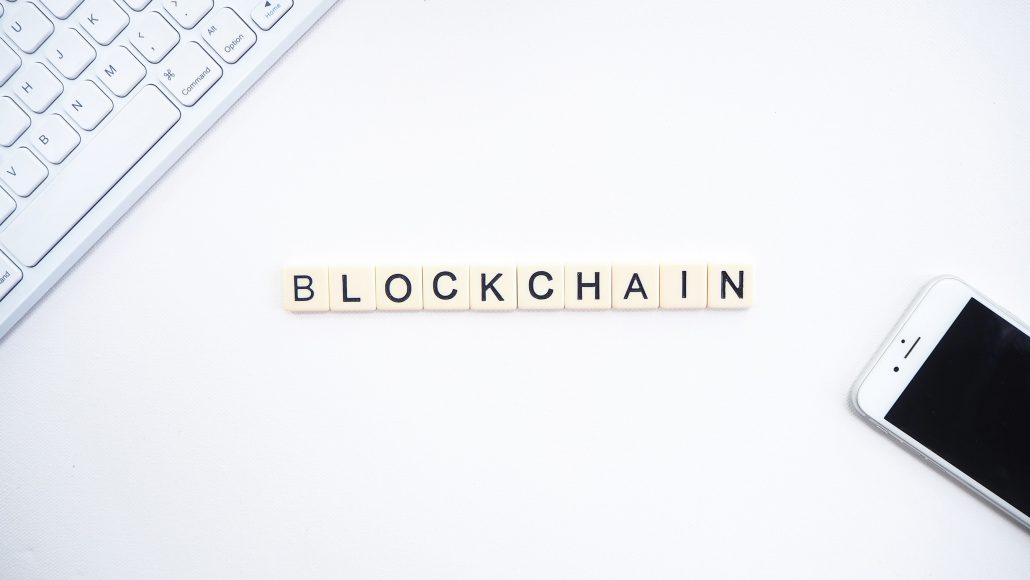Blockchain and Internet of Things

Internet of Things and Blockchain or Blockchain and Internet of Things. These are two hot topics thrown around the industry a lot, but what exactly do they mean and how are they related?
What is the Internet of Things
Internet of Things (IoT) is, simply put, the connection of physical objects, or “things”, to the Internet. Hence, these “things” are able to send and receive data. Maybe this seems like a foreign concept, but in reality most households with broadband connection have IoT-connected devices already, and the number is only continuing to grow. From smart locks, to self-adjusting thermostats, IoT is already here to make our lives more convenient. Its use-cases even extent beyond that, as IoT can be used for smart city concepts, supply chain management, manufacturing, and much more. thethings.iO, in fact, provides a sophisticated, easy-to-use platform for companies or individuals to connect their IoT devices.
IoT has incredible growth potential, but it does have some kinks that need to be worked out. The chief among them: Security. IoT devices are generally more susceptible to hacking than smartphones and other endpoint devices due to their more limited functionality. When considering devices like smart locks for home safety, or even self-driving cars, it is clear that user safety–and privacy–should be paramount.
Blockchain
Blockchain, or Distributed Ledger Technology (DLT for short). Many people think of Blockchain as Bitcoin. However, this is a misconception: Blockchain is the technology behind Bitcoin and other cryptocurrencies, it is what makes them work. To explain, the blockchain is a series of “blocks” of information (in the case of Bitcoin, transaction data) linked together via cryptographic hashes. A distributed network of nodes (nodes generally being the computers of the blockchain users) each has a local copy of the blockchain, and the nodes verify new blocks by reaching a consensus, usually a majority. Hence, blockchain is a public ledger of information verified collectively. The kicker of blockchain is that there is no central authority verifying the ledger (i.e. banks when thinking about bitcoin and transactions).
Because of how it works, blockchain is inherently immutable (or unchangeable), transparent, and secure, as changing it requires the consensus of a distributed network of nodes. In other words, to hack a blockchain, you would have to simultaneously hack a huge network of individual records as opposed to hacking a single, centralized database.
How IoT platforms can help here?
Nowadays (2019) there are still not a lot of Blockchain (DLTs) as a service systems. Actually scaling a Blockchain service is still tricky. An IoT platform such as thethings.iO is working as a service in several projects such as the tracking coffee project and more. Our goal for 2020 is to offer Blockchain services to our customers in case it is needed on their use case.
Integrating Blockchain technology into IoT has huge ramifications as the data sent by IoT-connected devices could be stored in a decentralized ledger in a way that ensures security, transparency and privacy. In fact, many of the security shortcomings of present-day IoT may be overcome with DLT’s inherent transparency and immutability.
Additionally, it is important to address user privacy. While blockchains like Bitcoin are public DLT, there are other types. When working with customers, private blockchains accessible to specific people may be more useful by restricting access. Moreso, different groups of people can be given different permissions: For example, group A may be able to view a blockchain, group B may manipulate certain aspects of the data being sent, and group C may simply have no access at all. Furthermore, blockchains can be constructed with anonymity such that user identity is ambiguous–enhancing privacy. Our key point: The flexibility of blockchains allow for greater control over user data privacy.
The Internet of Things is only getting bigger, and as agriculture, connected homes, asset tracking, smart cities and more become more of a reality. With great potential comes greater risk -and this is exactly why Blockchain’s use case for IoT technology should be fully researched.
Here at thethings.iO IoT platform, we are doing just that. We are constantly thinking about how we can improve security for our customers, and if Blockchain could be used in a way that provides greater transparency for the data that we provide. If you have any questions or comments, feel free to reach out to us. We would love to hear your thoughts on this exciting field of new tech!
PD: This is a blogpost written by Kieffer Gilman-Strickland during his internship at thethings.iO.



